Are you familiar with Japanese “shodo” (calligraphy)? Shodo has been gaining popularity worldwide, and I am sometimes asked to give advice when it comes to choosing good Japanese fude brushes for ‘shodo’.
Just the other day I received yet another inquiry about fude brushes, but this time it was somewhat unusual. The person inquiring wanted some fude brushes not for calligraphy, but instead for drawing. Sites like YouTube have videos of Japanese manga writers/artists in action using fude brushes in their work. Many people might be inspired by those manga writers’ drawing methods.
Here’s a good example. This video features Takehiko Inoue, the author of SLUM DUNK.
When choosing good brushes for drawing, the thinness or fineness of the brush is crucial. But it seems quite difficult to find thin fude brushes of good quality outside Japan. I would like to introduce some good fude, but there are simply too many styles and kinds to share here. So today, let me briefly discuss ways of working with a new brush, and how to care for the brush so it will serve you well .
[How to begin to use a new fude]
A brand-new fude is mostly starched and stiff. In the case of a thin fude, you use only about one third of the visible bristle. Observe the contrast in the photo and let it be your guide.
Sometimes people saturate the whole brush in ink, but doing such loosens the bristles and causes the brush to wear out too quickly. So again, be conscious of soaking about one third (the tip) of the bristles when using fude. The steps to begin to are simple; 1) Take the new brush and gently crumple the 1/3 point part. Roll the bristles around, swipe the bristles across a firm surface. This breaks the starch and will allow the bristles to become more soft and pliable 2) If you can, wash the brush in water to get rid of starch residue.
[How to take care]
Don’t just let fude brushes sit after use. Excess ink needs to be washed away! Wash the inked top part in water gently. Or hold your fude in a parallel direction to wet paper, roll it and wipe the ink off. Get as much ink out of the bristles as possible after each use.
Clean your fude this way until the ink on the paper gets faint. And allow the fude to dry in an airy place (hot dry air is not necessary). Brand-new fude brushes usually come with the caps, but you’d better not to use the caps once you have started using your fude. If you use the cap while your fude brushes are still wet, they brushes fail to dry thoroughly, become musty or moldy, and bristles may come loose.
The right way to store your fude is to let it lean, or better yet, hang. You can find special shelves for fude at art/craft supply stores, but I think it is much easier just to attach a loop of string to the bottom of your fude and hang the brush from a push-pin on the wall.
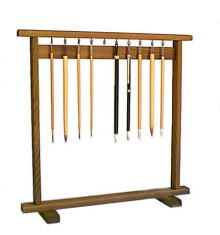 |
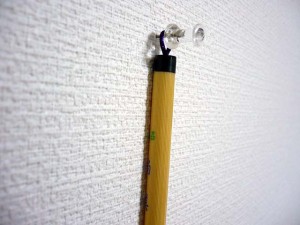 |
This is JAPAN Style!


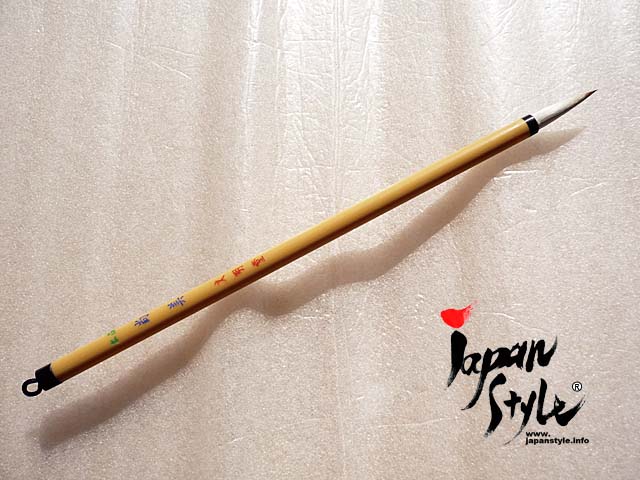
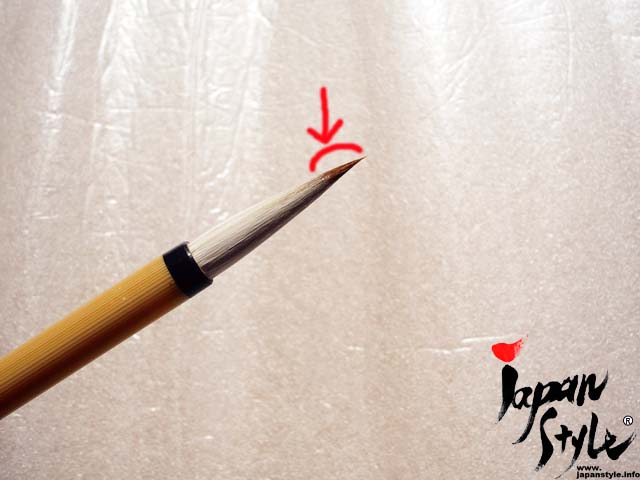
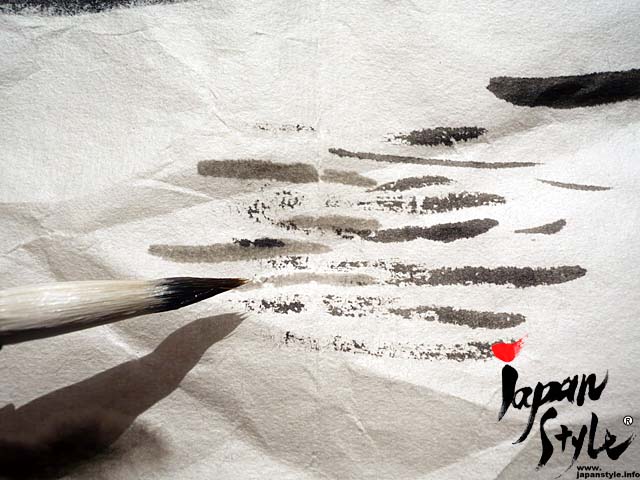


![[Photoblog] Honzenji Temple](http://www.japanstyle.info/wp-content/uploads/2013/05/20130509_photoblog_honzenji-temple-65x65.jpg)

![[Photoblog] Jizo Statue in a Spring Night](http://www.japanstyle.info/wp-content/uploads/2012/04/20120417_photoblog_jizo-statue-in-a-spring-night-65x65.jpg)



Recent Comments